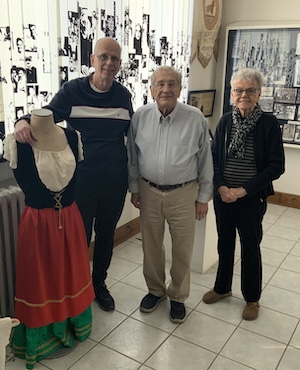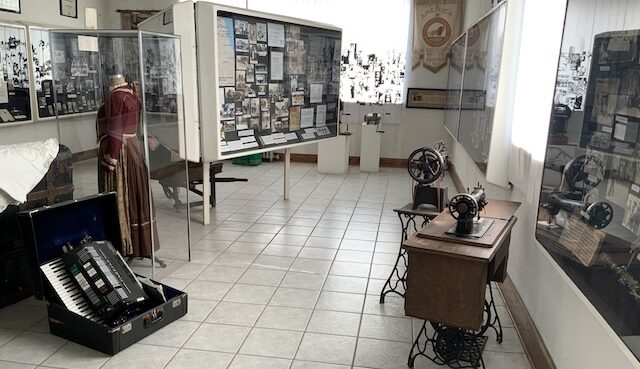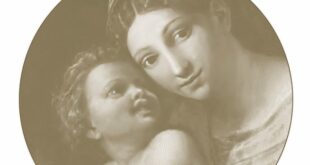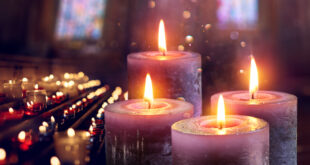The Italian Cultural Center at Casa Italia in Stone Park unveiled a restored and enhanced Italians in Chicago exhibit at an open house from 6-9 p.m. on May 12.
Archivists Terry Quilico and Barbara Stasell began work on the project two years ago under the direction of the exhibit’s creator, ICC Library Curator Dominic Candeloro.
“The exhibit was renovated in the 1990s, but due to the deterioration of some of the displays, we decided that further renovations were needed,” Candeloro says. “As work progressed, we realized that there were significant aspects of the history of Italians in Chicago that were underrepresented, so more extensive work was necessary.”

Every display in the room has been enhanced, and new displays have been added. “We expanded the narratives to more fully tell the stories of the photos,” Quilico says, with Stasell adding that, “Each display has its own unique harmonious design, making it a more interesting experience for visitors.”
An entirely new display was created based on “Italian Women in Chicago,” which was edited by Dominic Candeloro, Kathy Catrambone and Gloria Nardini. The new Women display features eight groundbreaking women from the book with excerpts from the narratives of their lives and images.
The addition of the women’s display necessitated adjustments in the Labor displays, which are now divided into Work, which focuses on the jobs that Italian immigrants embraced, and Labor, which highlights the struggles that were involved in improving working conditions and labor practices that took place in Chicago and throughout Illinois.
The Work and Labor displays relied heavily upon the efforts of labor historian Peter N. Pero and Fra Noi columnist CJ Martello, who is an expert on both the Roseland community and George Pullman.
The revamped School display features a narrative about the tragic Our Lady of Angels school fire on Dec. 1, 1958, that claimed 93 lives, with more than half of them being Italian-American children. The display now features four new narratives that cover the fire’s origins; events in the school during the fire, the word being spread through the neighborhood and the aftermath as experienced by one of the fire fighters. These stories were collected by David Cowen and John Kuenster from their book, “To Sleep with the Angels: The Story of a Fire,” which is excerpted in “Reconstructing Italians in Chicago.”
“I was in a parochial grammar school on the North Side of the city at the time and I remember the strong effect this had on me and classmates, the sisters who taught us and our parents,” says Quilico. “One of the positive consequences of this tragedy was immediate changes to the building code regulations to make schools a much safer environment throughout Cook County. In fact, the school at Our Lady of Mount Carmel in Melrose Park, which was being built at the time to the old codes, had to be completely rebuilt to meet the new standards.”
Stasell is particularly proud of the new Women’s display, saying, “The central role of women needed to be brought forward. They were really at the core of so much positive development of life in our community and the room needed its own display to shine a light on this.”
Many of the volunteers at Casa Italia were of immeasurable help to Barbara and Terry, who curated many new photos, restored others and added context through narratives to help illuminate the images. This work could not have gone forward without Karen Tintori, who is cited for her work on the Cherry mine fire of 1909; Frank Di Piero, who made valuable contributions to the Neighborhoods display in particular; Jeanette Risatti Viehman, who provided a great narrative on radio pioneer Amabile Peguri Santacaterina; and Lucio Bosco and Vincenzo De Vito, who were ever present to offer suggestions and do the heavy lifting in a work of this magnitude.
The origins of the museum and Casa Italia itself goes back to Dominic Candeloro’s class in 1978 in Italian American Studies at UIC that was underwritten by the Italian American Executives of Transportation. Simultaneously the American Italian Historical Association was negotiating with the National Endowment for the Humanities for a grant to document the history of the Italian immigrant experience in Chicago. This grant was successfully written by Candeloro and Roseann Rabiola, one of Candelor’s graduate students, and the $374,000 from the grant were used to put on an exhibit at the main downtown branch of the Chicago public library. After the exhibit closed, the materials were sent in 1980 to Casa Italia in 1980, which was founded by Fr. August Feccia. The director of the Italian Cultural Center at that time was Fr. Roberto Simionato. Artist John Bucci designed and constructed the Cadel Art Gallery, the Italians in Chicago exhibit and the Sicilian Museum.
“I am very pleased to see this work, which continues to fulfill our original intent of having Italian Americans see themselves in history and creating a strong focus on the major themes about the Italian American experience,” Candeloro says. “Those who lived and shaped the community are gone, but thanks to works such as this, the lives they lived and the struggles and progress they made will be preserved in our memories.
“The archivists strived to respect and preserve what was done in the past,” he adds, “and hopefully achieved their goal of stabilizing, enriching and contextualizing the displays. The process is, of course, an on-going one.
 Fra Noi Embrace Your Inner Italian
Fra Noi Embrace Your Inner Italian







Brava! Auguri! Grazie mille.